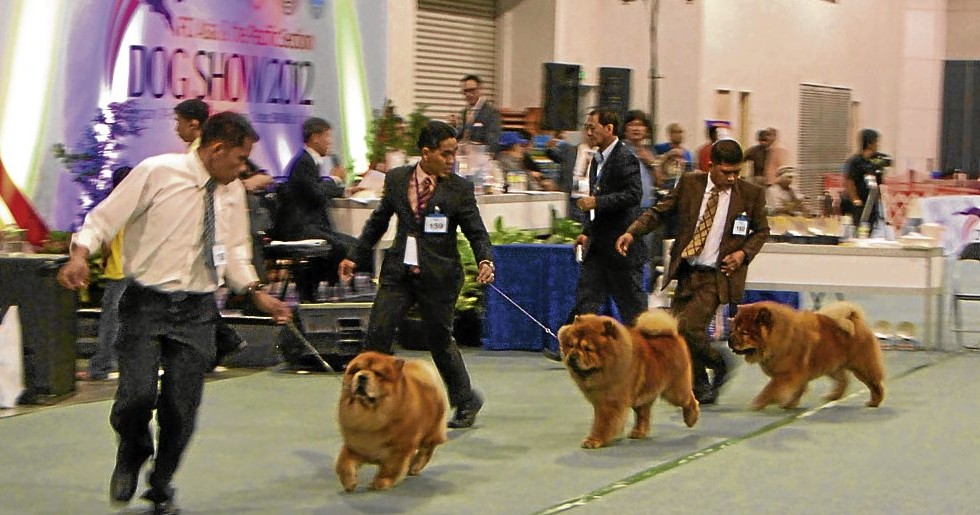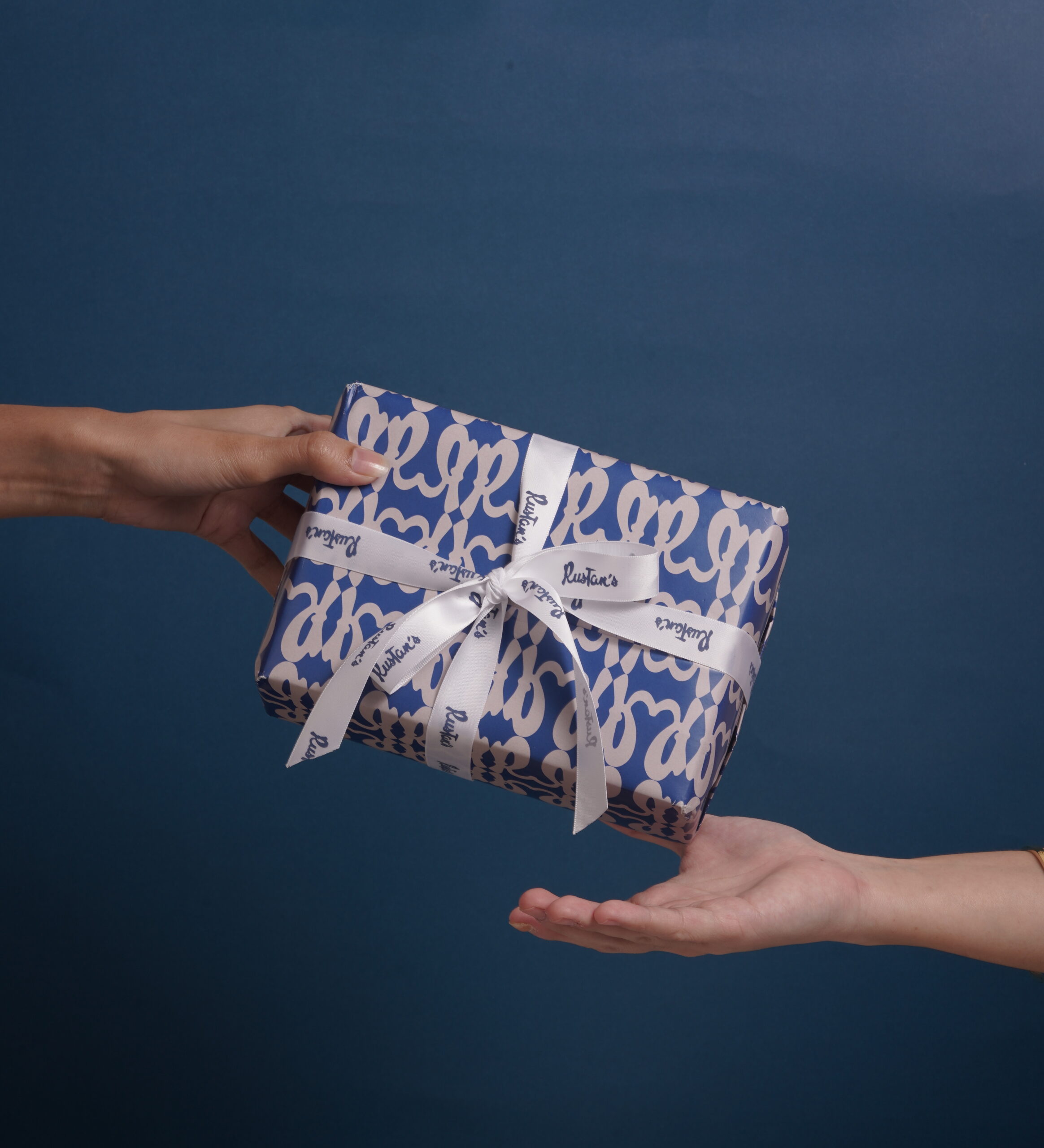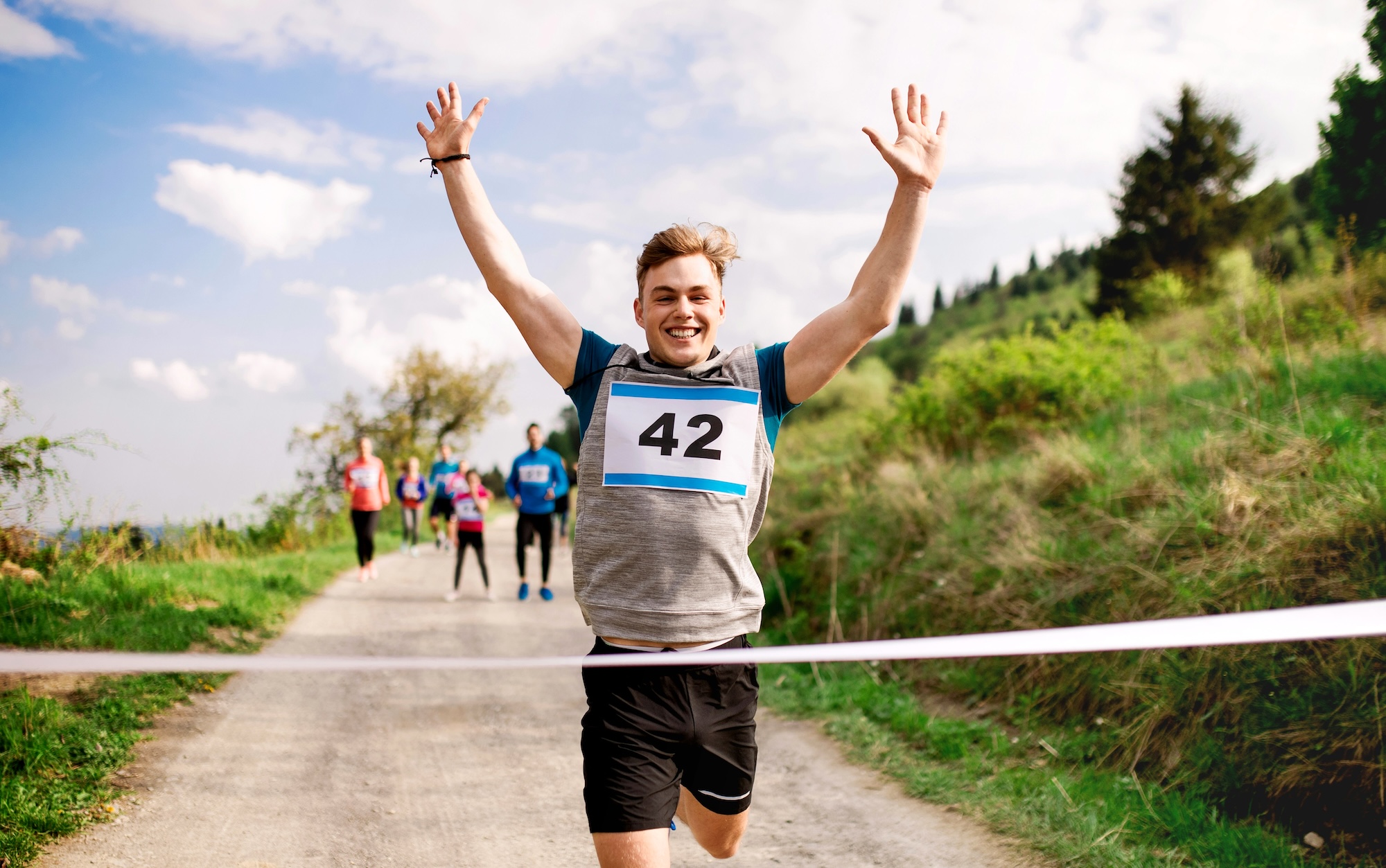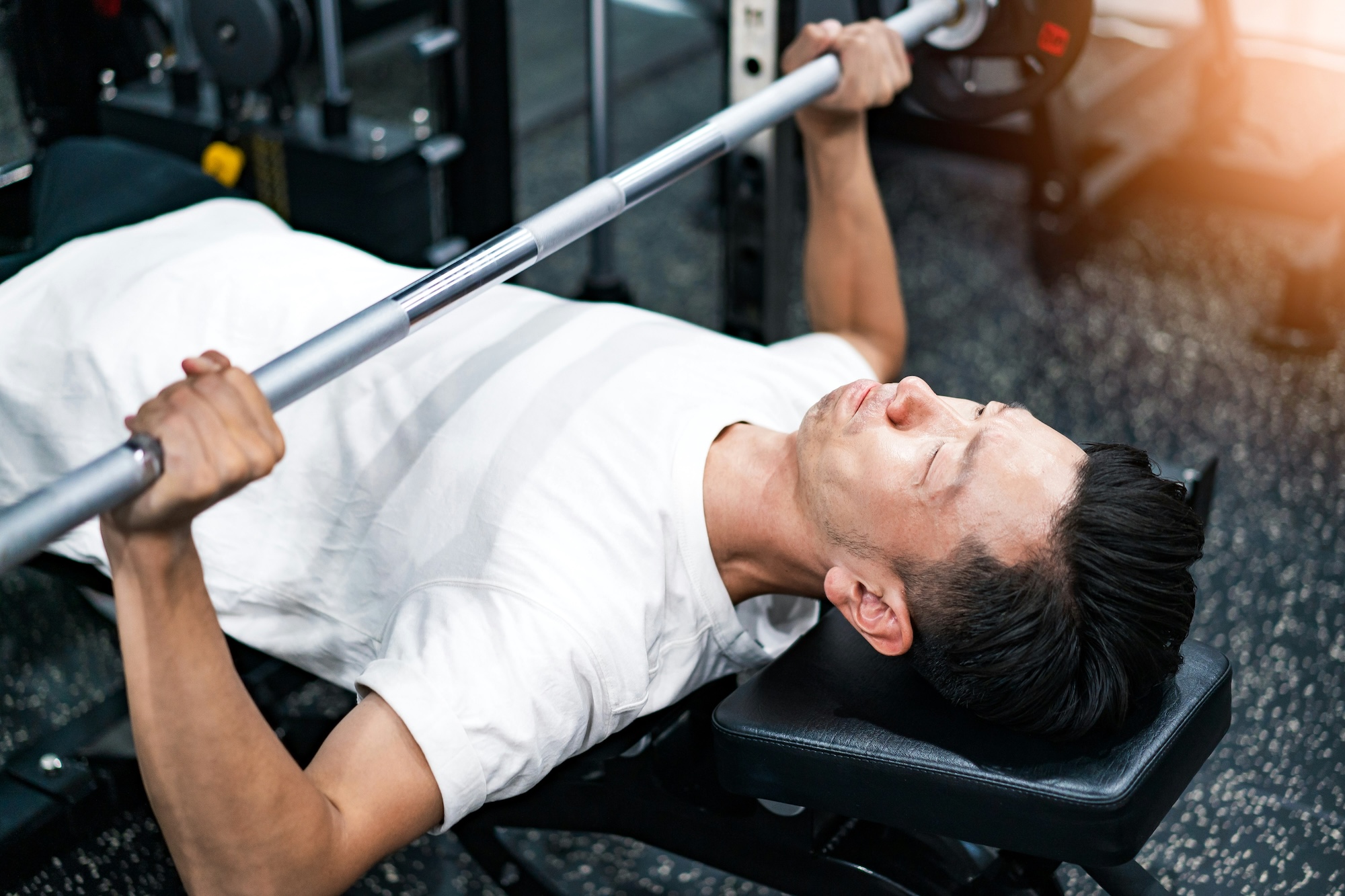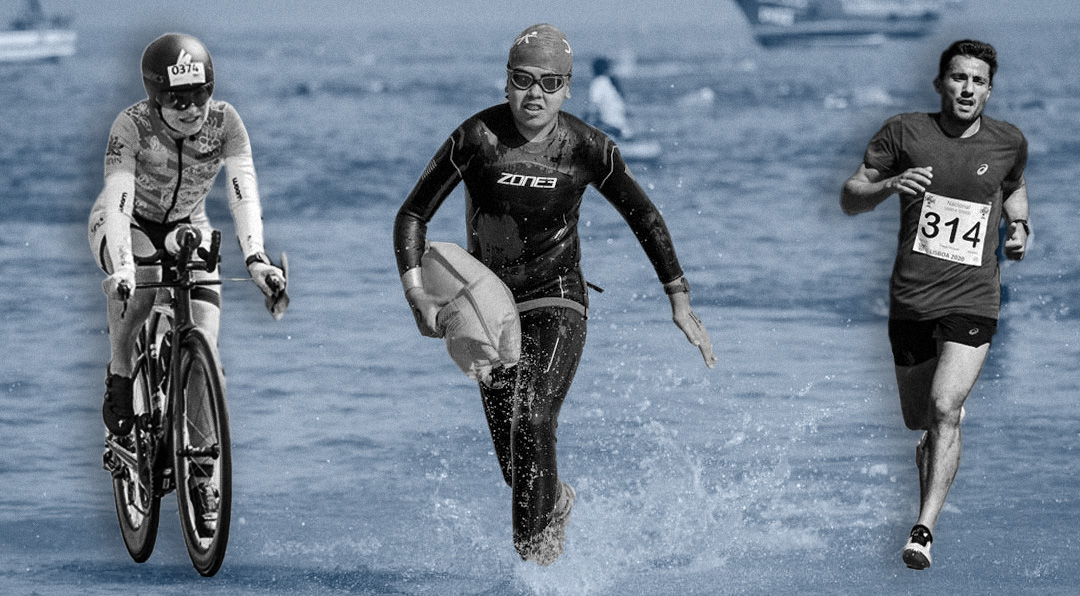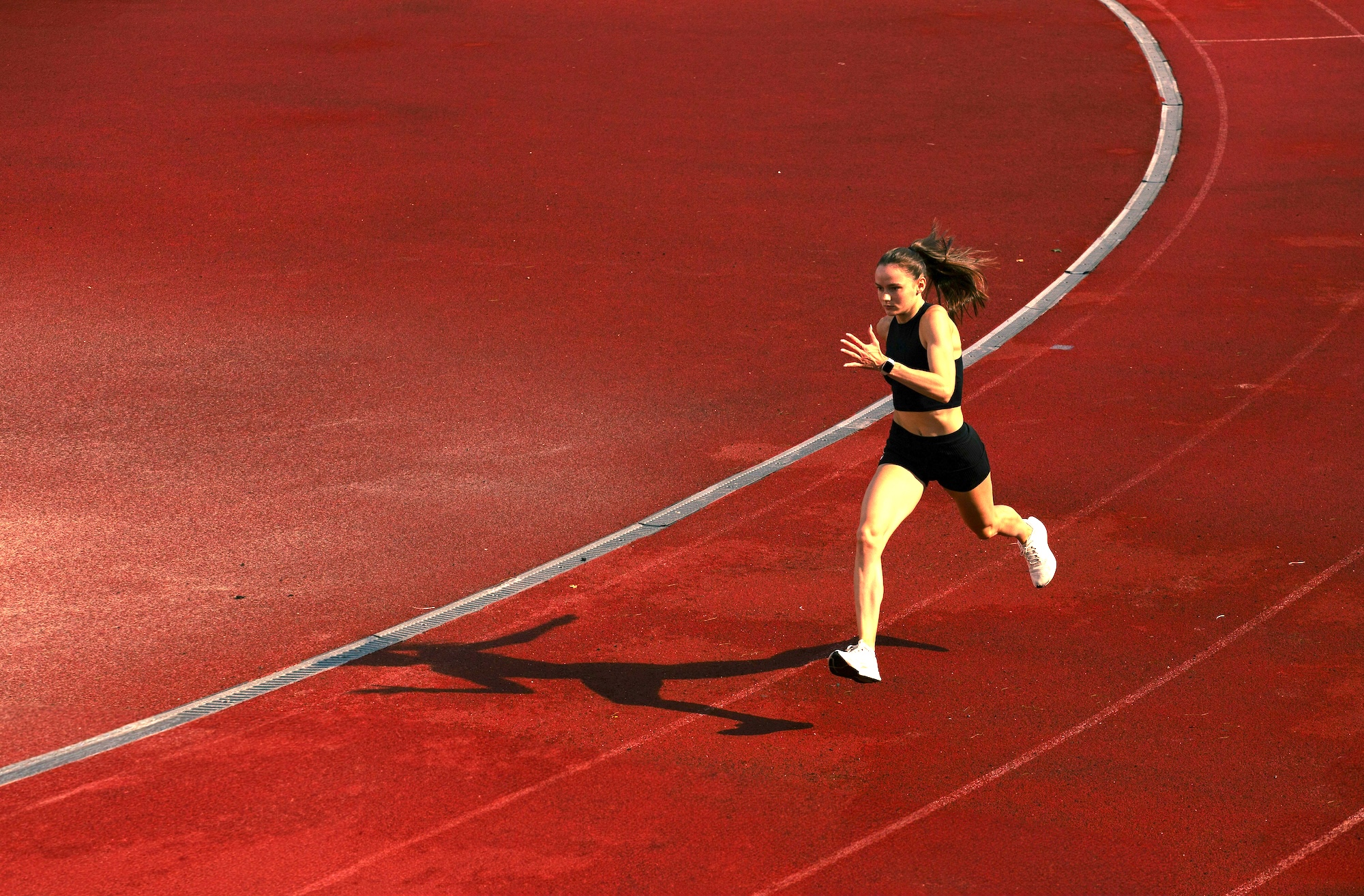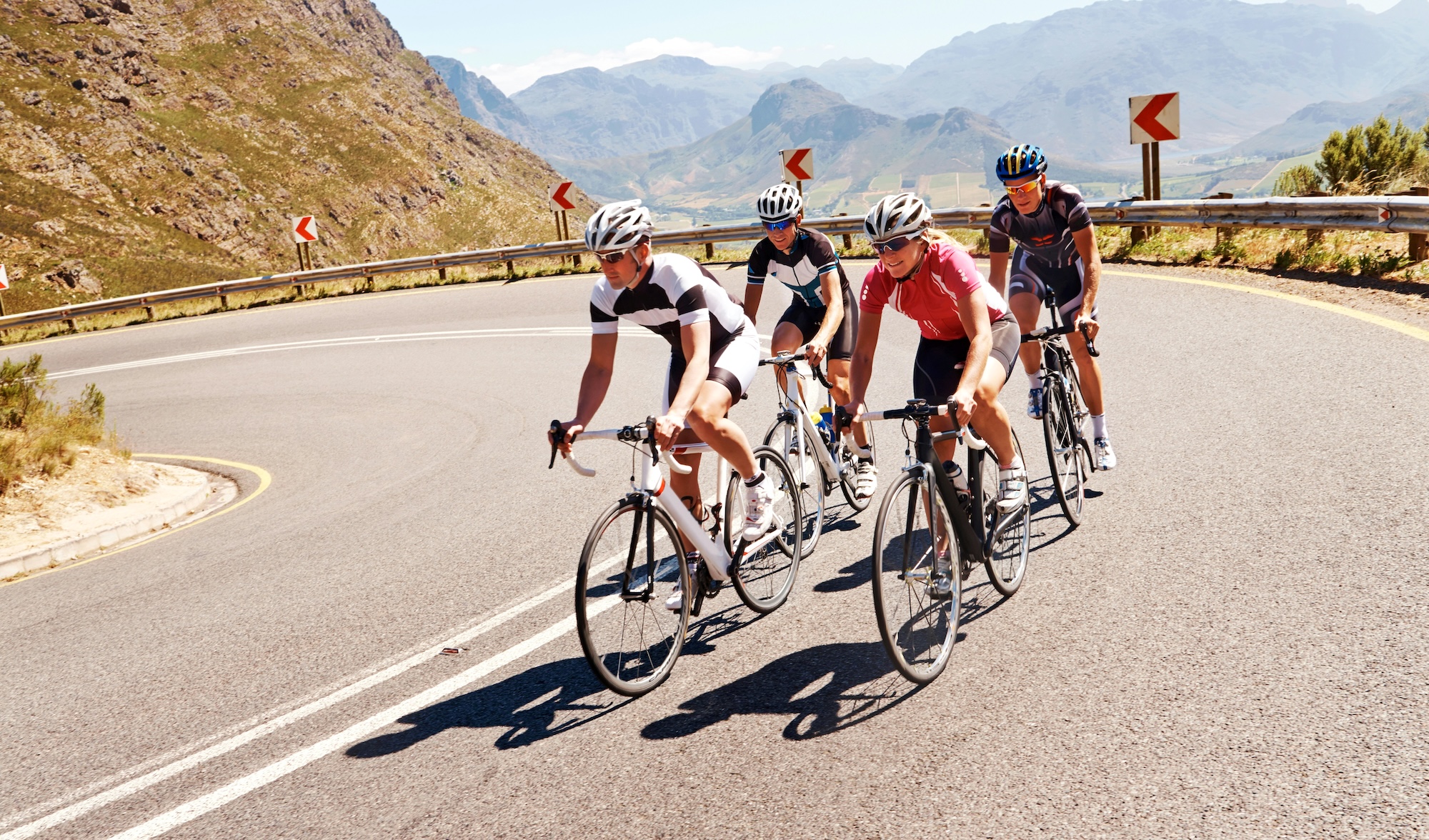Simply put, how to stay alive and thrive in Metro Manila traffic
Photos by Assy Gerez, Hannah Sibayan, and Gabriel Banzon/Unsplash
I should start with a disclaimer. I’ve been riding my bike on the streets of Metro Manila for more than half my life and only became more conscious about traffic rules in the past decade. The advice given here is from experience and, while not necessarily for everyone, is what I’ve found necessary to survive the streets of Makati, Pasay, and Alabang.
You see, it’s inevitable. If you cycle through the public roads of Metro Manila—and even through private village roads—the sheer amount of vehicles means you will have to navigate through heavy traffic. Gone are the days of riding on C5 to get from my home in the south to my school in Katipunan when it felt relatively safe riding on much less congested roads.
These days, with more cyclists (and motorcycles and scooters) on the road, it’s a different jungle out there. You have to learn how to weave. I’ve been lucky that my last accident on the bike that involved other vehicles was squishing my finger against the passenger handles of a jeep that suddenly stopped in front of me over 10 years ago. But to the knowledgeable and prepared, there’s no such thing as luck.
Be ready for anything in traffic
Let’s start with the most important aspect of riding in traffic, and the one you most have control of: you, the rider, and how you are riding. Riding in traffic can mean a lot of stops and starts so always maintain access to your brakes. Don’t ride on the tops. Keep on the hoods or better yet, down on the drops with one or two fingers on the levers.
On a related note, make sure the angle of your brake levers makes it comfortable to hold on to while on the hoods and while still making braking available in the drops. A good bike fitter should ensure that you can do this.
Riding in traffic can mean a lot of stops and starts so always maintain access to your brakes. Don’t ride on the tops. Keep on the hoods or better yet, down on the drops with one or two fingers on the levers
Your performance on the bike, especially during high-stress circumstances like weaving through traffic, benefits tremendously from a good fit. Especially one that looks at details like brake/shifter angles in relation to your reach and your posture. It will help keep your hands near the brakes at all times.
Another way to be ready is to unclip one shoe from one pedal, if you think traffic is bad enough that you may need to stop and put a foot down. I usually do this with my right foot and, for a country that drives on the right side like we do, this is safer as it means you lean to the right. Leaning to left may put you in the way of oncoming traffic from the opposite lane or into the overtaking/counterflow path of a vehicle behind you.
Be aware, and not just of what’s immediately around you
Usually developed with experience and time, the key is to notice the small things that will keep you a step ahead of other vehicles and pedestrians. This includes looking at traffic lights (the one immediately in front of you as well as the the one for the cross-lane), potential drop points for public and private vehicles, and pedestrians trying to cross at the wrong time.
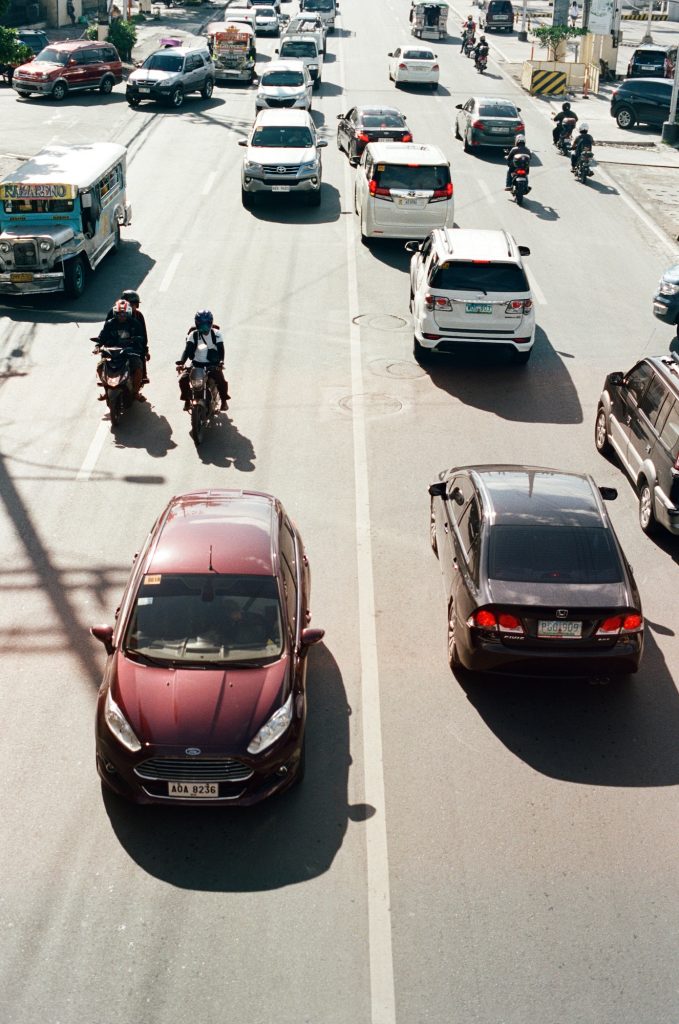
If you’ve seen the movie “Premium Rush,” the scenes where the main character predicts different scenarios and paths is not at all dissimilar to what I’m trying to describe. It takes a big amount of being present and knowing how others behave. Being a traffic weaver takes concentration, awareness, and the ability to project scenarios.
Cycling is one of the most dangerous sports and requires proper physical and mental preparation. Unlike other sports, cyclists are exposed to weather, road conditions and, most importantly, the presence of other motorists and pedestrians. Awareness needs to be more than that of someone driving a motor vehicle because when things don’t work out, a cyclist and his bicycle are lighter than most and will usually take more damage than others.
Notice the small things that will keep you a step ahead of other vehicles and pedestrians, including traffic lights (the one in front of you as well as the the one for the cross-lane), potential drop points for public and private vehicles, and pedestrians trying to cross at the wrong time
You also need to develop a different kind of awareness from automobile drivers as you have access to spaces between vehicles. These are the same spaces you share with motorcycles and scooters, which are considered the biggest hazard to cyclists. Keep an eye out for where they are always as they like to throw their weight around and fight for the same tiny piece of real estate on the road.
Pick your spot and be predictable
“In heavy, slow-moving traffic, it’s often safer to ride in the middle of a traffic lane so that everyone can see you and cars won’t try to squeeze around you.”
That’s from the article Riding Your Bike in Traffic. Unfortunately, riding in the middle doesn’t stop cars to squeeze you out. It’s not proper practice, but most of the time I find myself riding on the left half of the lane. This allows me a quick exit route (although right into the path of the opposing lane) for vehicles that come from behind or beside me.
I’m more comfortable riding into the opposing lane, where I can see what’s coming rather than trust the unpredictable behavior of motorists behind me.
Riding in the middle or towards the left side of the lane also means you are away from the gutter, which you can accidentally ride into or get sideswiped into. Avoid staying near the gutter at all costs.
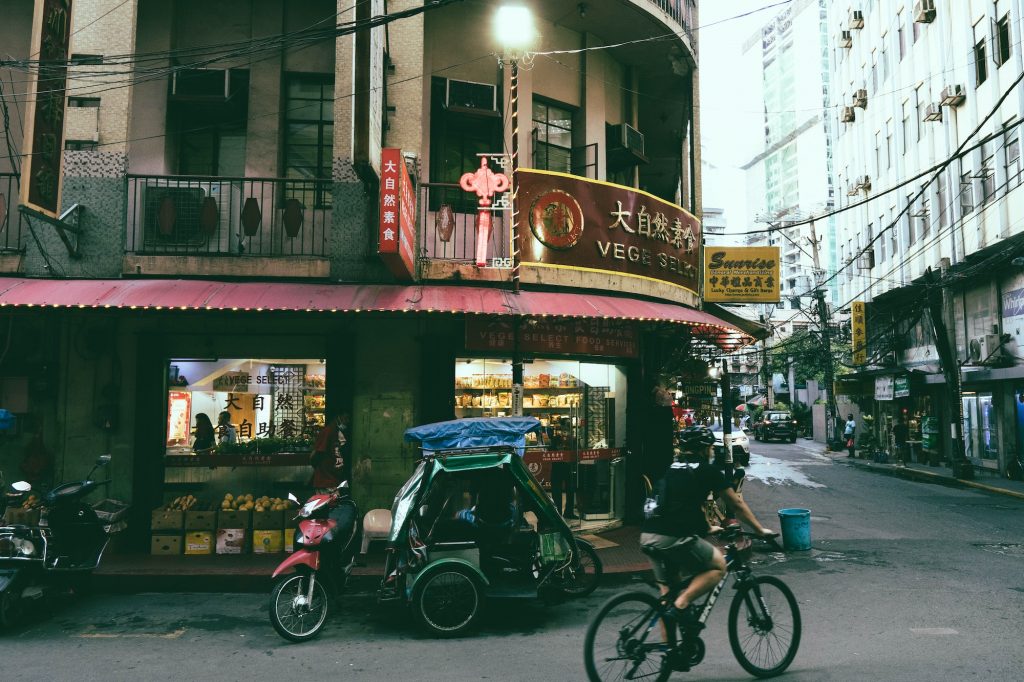
Riding in your lane, try to keep a straight line and avoid swerving
Only weave when traffic is slow or stopped. This restraint is what makes true traffic weavers great survivors. Keeping yourself visible and predictable is key in helping motorists respond to your presence on the road.
Learn when to use your advantages
True traffic weavers understand their strengths and know when to use them. The two primary strengths of a bicycle as a vehicle in traffic are: They can get into narrow spaces and weave between cars, and if the rider is fit (and willing) they are faster at accelerating from a full stop than other vehicles on the road. Learning when to accelerate, when to squeeze, and when to weave are skills that will help you survive the traffic jungle.
Your ability to weave means you’ll likely catch up to other vehicles when they have to stop at lights. Use this time to catch up, but be careful of motorcycles and scooters doing the same. Accelerate when the stoplight turns green, but only to give yourself breathing room and a good position in a lane. Don’t try to weave when everybody is going fast. Restraint is the key. You’re not trying to race them, you’re trying to get to your destination safely.
Finally, be courteous and appreciative when motorists give you right of way. A friendly wave will do. You (and maybe they) will be surprised at the response.

